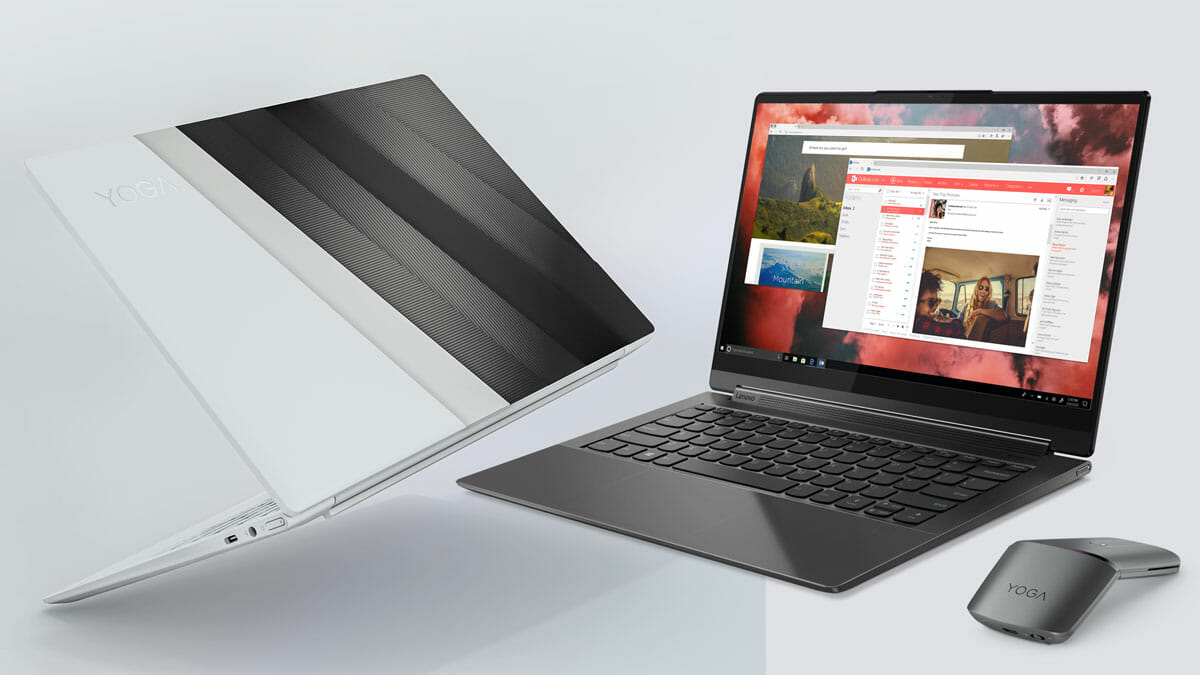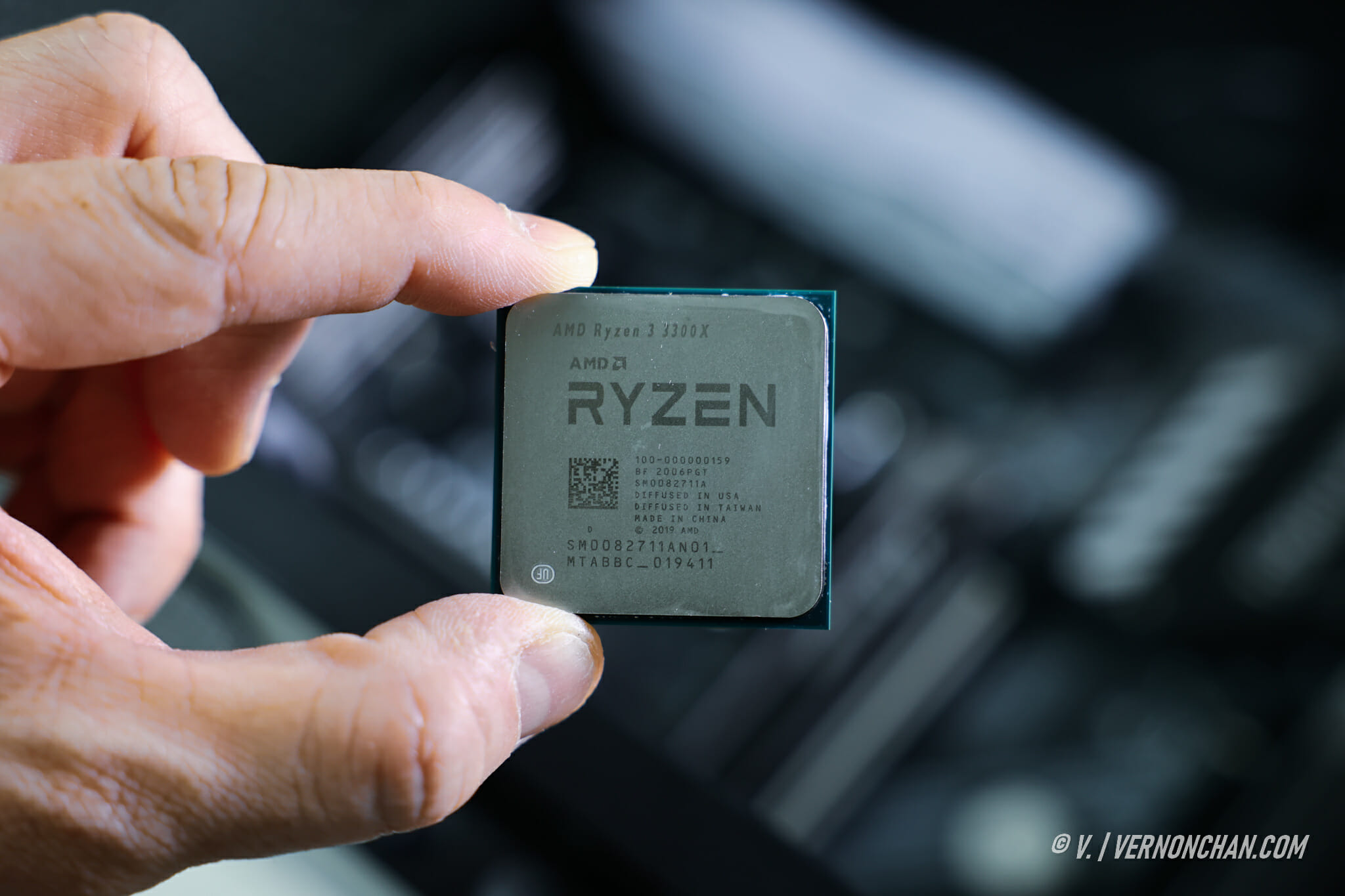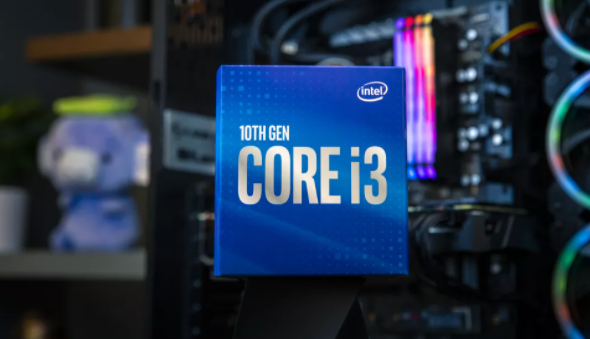AMD has exceeded its moonshot 25×20 goal set in 2014 to improve the energy efficiency of its mobile processors by 25 times, by 2020. The AMD Ryzen 7 4800H mobile processor improves on the energy efficiency of the 2014 baseline measurement by 31.7 times. Greater energy efficiency leads to improved battery life, better performance, lower energy costs, and reduced environmental impact from computing.
The chipmaker explained that energy efficiency for processors is determined by the amount of work performed per unit of energy consumed.
To achieve its 25×20 goal, the company focused improvements on developing a highly integrated and efficient system-on-chip (SoC) architecture; improved real-time power management features; and silicon-level power optimisations.
With the improvements, AMD reduced the average compute time for a given task by 80 per cent, from 2014 to 2020. At the same time, it achieved an 84 per cent reduction in energy use.
To put that into context, if an enterprise upgrades 50,000 AMD notebooks from 2014 to 2020 models, it would achieve five times more computing performance and reduce associated notebook energy consumption by 84 per cent. Over a three-year service life amounts to saving approximately 1.4 million kilowatt hours of electricity and 971,000kg of carbon emissions—equal to 16,000 trees grown for 10 years.
Achieving its 25×20 goal not only delivers a strong user experience but also further solidifies AMD’s leadership in sustainability.
AMD was the first semiconductor company to have its climate protection goals, including 25×20, approved as a “science-based target” by the Science Based Targets initiative.
What the industry says
“Six years ago, AMD challenged itself to dramatically improve the real-world energy efficiency of its mobile processors. I have reviewed the data and can report that AMD exceeded the 25×20 goal it set in 2014 through improved design, superior optimization, and a laser-like focus on energy efficiency. With a chip 31.7 times more energy efficient than its 2014 predecessor, AMD has far outpaced in real-world efficiency gains what would be expected from a traditional Moore’s Law pace as embodied in Koomey’s Law.” – Dr. Jonathan Koomey, an industry expert on energy efficient computing.
Koomey’s Law states that the amount of power needed to perform a computing task will fall by half every one and a half years.
“AMD undertook an audacious and public engineering goal to improve its processor efficiency by 25 times, vastly outpacing historical averages, and in doing so, achieve an industry-leading position in mobile processors. The 25×20 goal required major changes to architecture, design, and software, and did not rely solely on silicon process technology advancements. Achieving and surpassing this challenging goal is a testament to the hard work the AMD team put into its products and it catapulted AMD to leadership position in mobile processors.” – Kevin Krewell, principal analyst at TIRIAS Research.
“AMD’s goal of improving the power efficiency of its laptop processors 25 times by this year may have seemed like a bit of an abstract, arbitrary target when they first announced it six years ago, but as they surpass that impressive goal, it’s becoming significantly more meaningful. Lower energy consumption has never been more important for the planet and the company’s ability to meet its target while also achieving strong processor performance is a great reflection of what a market-leading, engineering-focused company they’ve become.” – Bob O’Donnell, president of TECHnalysis Research.
Learn more about AMD’s 25×20 Energy Efficiency Initiative.
Latest news
- Sony’s New WH-1000XM6: Taking Noise Cancellation to Ridiculous New Heights
- AirAsia Power Bank Policy 2025: New In-Flight Restrictions You Need to Know
- Trump Tariffs: Impact on Tech and Your Wallet in 2025
- Canon EOS R50 V: Why Content Creators Will Love This New Camera
- How to Check Unclaimed Money in Malaysia with eGUMIS (2025 Guide)
Subscribe to Vernonchan.com: Never miss a story, read stories on Feedly and Medium
Disclosure: Keep in mind that VERNONCHAN.COM may receive commissions when you click our links and make purchases. Clicking on these links cost you nothing and it helps to cover some of the costs for the upkeep of the site. While we may receive commissions, this does not impact our reviews, views and opinions which remain independent, fair, and balanced. Thank you for your support.










